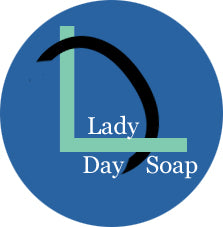
Ancient Origins:
The earliest evidence of soap production dates back to ancient civilizations, such as the Sumerians in Mesopotamia (modern-day Iraq), around 2800 BC. They made soap by mixing animal fats with wood ash, which contained potassium carbonate (potash), a basic alkali substance.
Ancient Egyptians also had their own soap-like substances. They combined animal and vegetable oils with alkaline salts to create a cleaning product
Ancient Greece and Rome:
The Greeks and Romans improved upon soap-making techniques. They used soap primarily for cleaning the body rather than laundry or household purposes. The word "soap" is derived from the Latin word "sapo," which may have originated from an ancient Roman legend about Mount Sapo. According to the legend, rainwater mixed animal fats and wood ash to create a natural soap in the area around Mount Sapo.

Middle Ages:
The knowledge of soap-making declined during the Middle Ages in Europe. Soap was still produced in some regions, but it was considered a luxury item. Monasteries and convents became centers of soap production, and they produced soap for personal hygiene and medicinal purposes.
Renaissance and Beyond:
The Renaissance saw a revival of interest in cleanliness and personal hygiene, which led to increased soap production and usage. In the 17th century, soap-making became an organized industry in Europe, with soap factories emerging in several countries. By the 18th century, soap was widely available and affordable to the general population.

Industrial Revolution:
The Industrial Revolution in the 19th century brought significant advancements in soap production. The introduction of chemical processes, such as the saponification of fats using sodium hydroxide (lye), led to the mass production of soap.Soap factories and brands like Ivory Soap and Pears Soap gained prominence during this time.

Modern Era:
In the 20th century, soap production became even more efficient and diverse, with the introduction of synthetic detergents and various specialty soaps. Liquid soap and soap bars in various scents and formulations became common household items.
